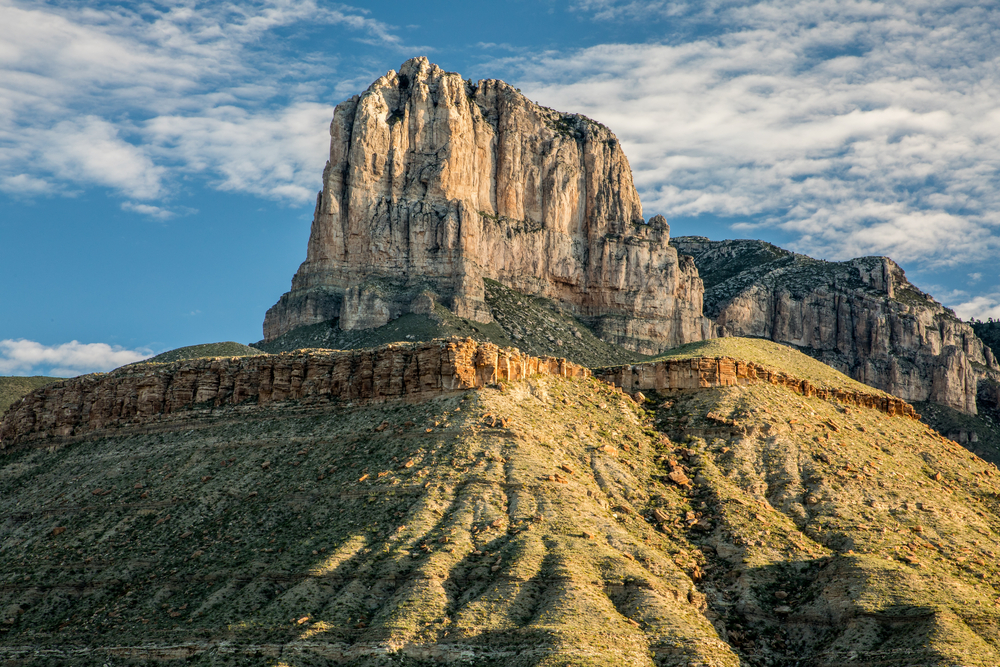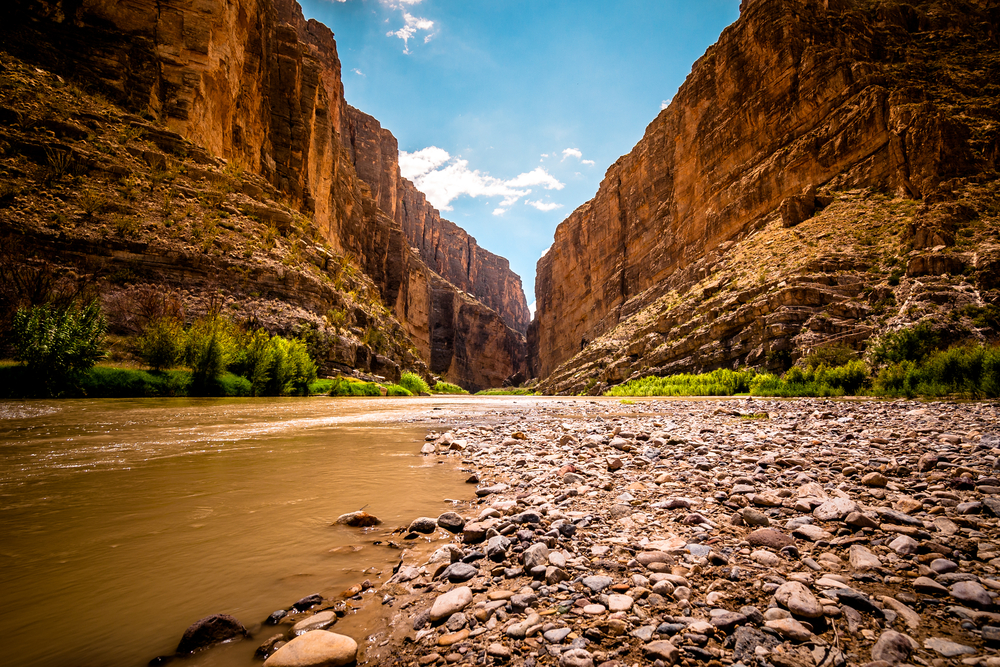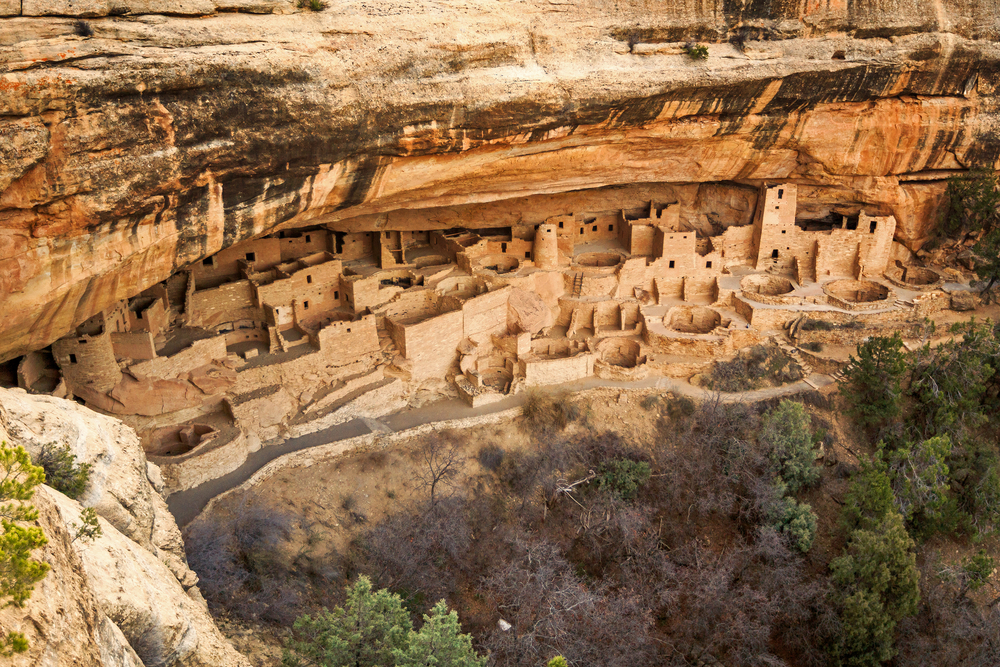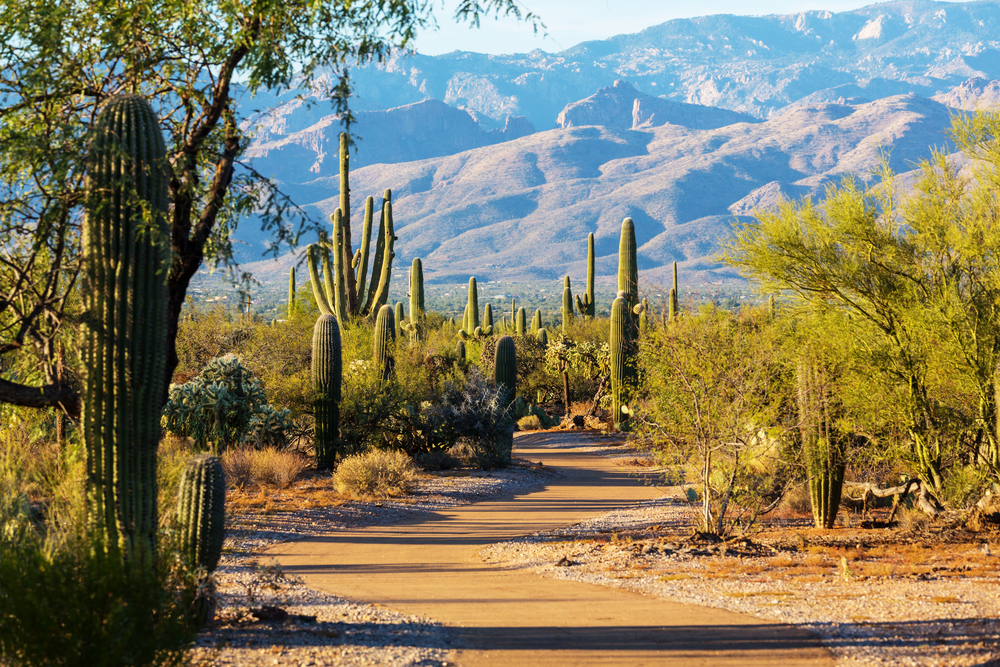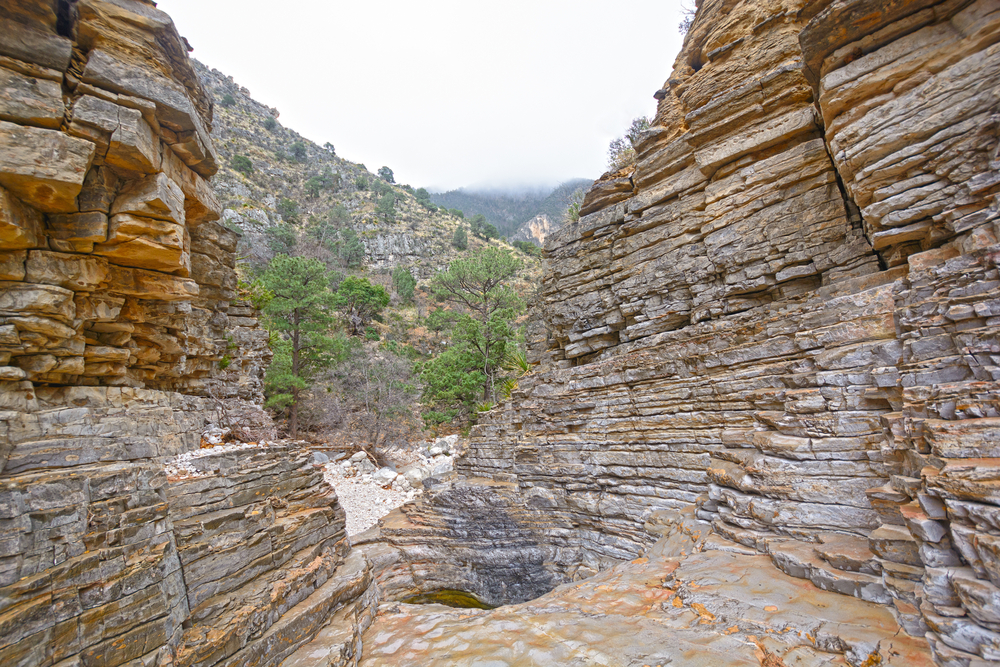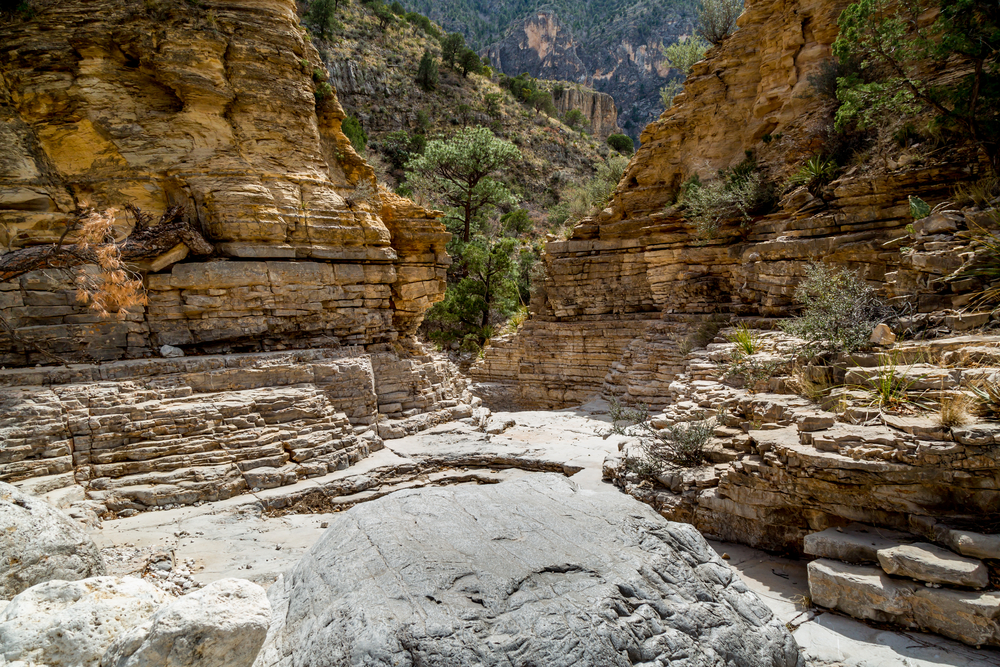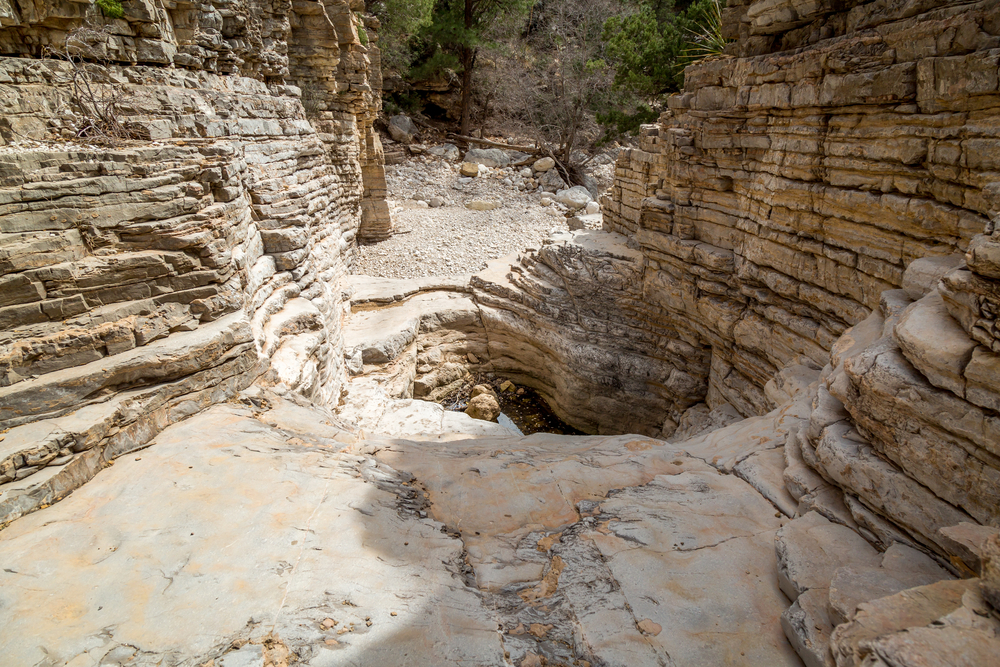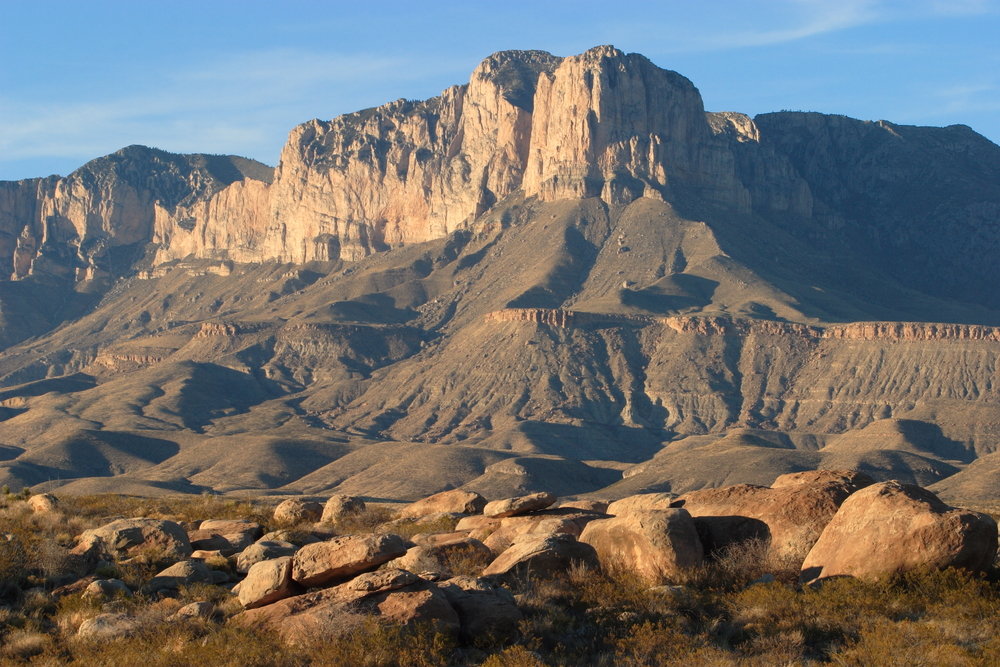Popular
Guadalupe Mountains National Park, located in the rugged landscape of West Texas, is a sanctuary of biodiversity, where visitors can encounter a variety of wildlife species that have adapted to its desert, canyon, and mountainous environments.
Mule Deer – Common in the park, Mule Deer are often seen at dawn and dusk, grazing in meadows or moving through the brush with their large, mule-like ears.
Elk – Once extirpated from the area, Elk have been successfully reintroduced, now thriving in the park’s higher elevations, a majestic sight against the mountain backdrop.
Mountain Lion – Elusive predators of the Guadalupe Mountains, Mountain Lions roam the park’s remote areas, a rare but thrilling sight for the lucky observer.
Black Bear – Although sightings are rare, Black Bears inhabit the park, symbolizing the wilderness that has been preserved within Guadalupe Mountains National Park.
Mexican Spotted Owl – Endangered and elusive, the Mexican Spotted Owl finds refuge in the park’s forested canyons, hunting at night with its distinctive “hoots.”
Peregrine Falcon – Known for their incredible speed, Peregrine Falcons can be seen diving for prey against the cliffs, a testament to the park’s rich avian life.
Western Diamondback Rattlesnake – A symbol of the desert, the Western Diamondback Rattlesnake is respected by hikers, its distinctive rattle a warning to tread carefully in its territory.
Golden Eagle – Soaring above the park, Golden Eagles are a powerful presence, their broad wingspan and keen eyesight making them formidable hunters of the skies.
Coyote – The quintessential sound of the American West, the Coyote’s howl echoes through the park, an adaptable predator seen throughout the Guadalupe Mountains.
Texas Horned Lizard – Often called “horny toads,” these distinctive reptiles are a unique sight, blending into the rocky terrain with their horned appearance and cryptic coloration.
The wildlife of Guadalupe Mountains National Park, from the stealthy Mountain Lion to the hardy Texas Horned Lizard, showcases the adaptability of species to the challenging conditions of the Chihuahuan Desert and the park’s rugged terrain, offering visitors a glimpse into the resilience of life in this beautiful but harsh landscape.








































































